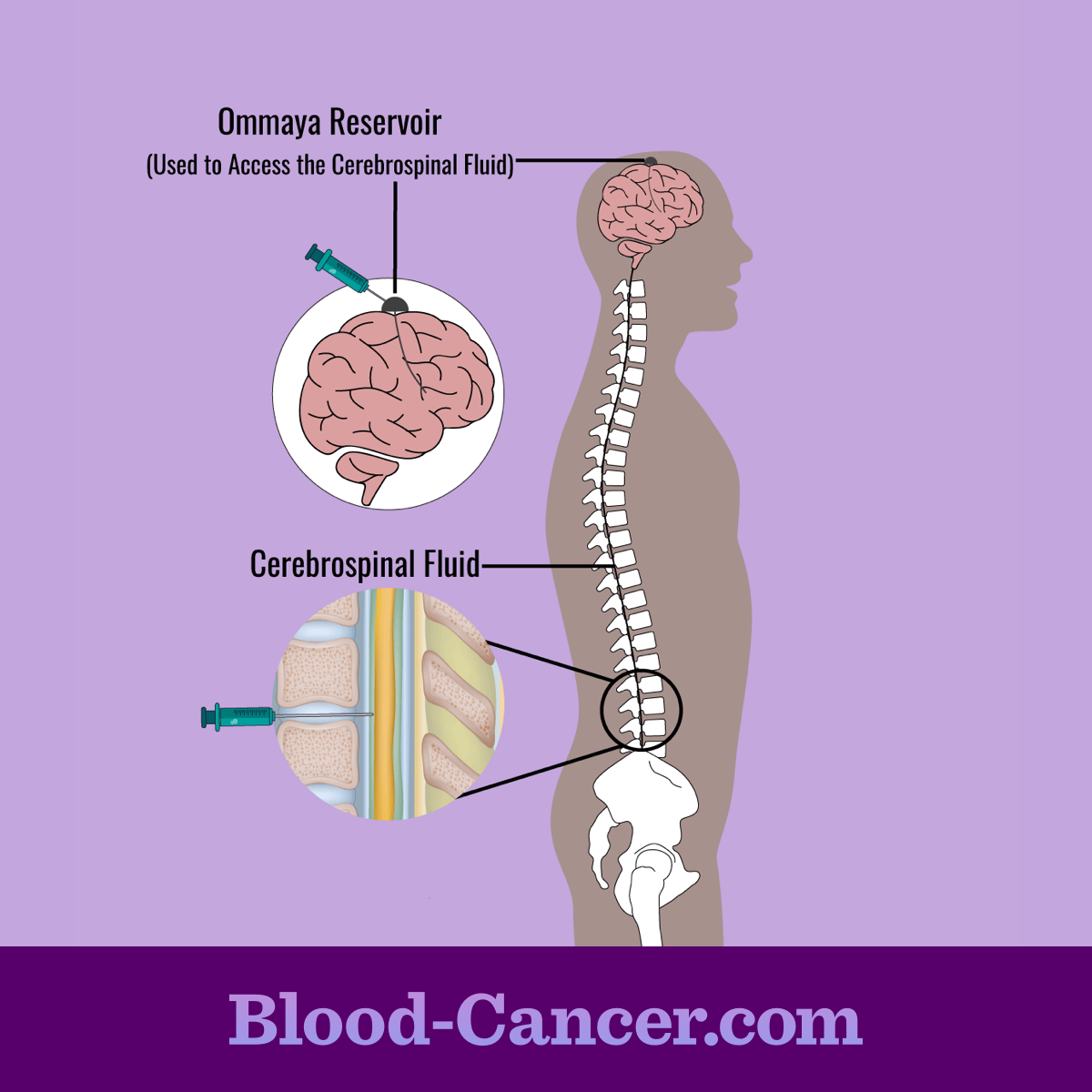Treating Leukemia in Children
Reviewed by: HU Medical Review Board | Last reviewed: June 2025 | Last updated: July 2025
Leukemia is the most common type of cancer in children. Treatment is based on the type of leukemia the child has. Examples of types of leukemia that occur in children include:1,2
- Acute lymphocytic leukemia (ALL)
- Acute myeloid leukemia (AML)
- Acute promyelocytic leukemia (APL)
- Juvenile myelomonocytic leukemia (JMML)
- Chronic myeloid leukemia (CML)
Types of treatment for childhood leukemia
Different types of treatment may be used to treat leukemia in children, including:2,3
- Chemotherapy
- Stem cell transplant
- Targeted therapy
- Radiation therapy
- Immunotherapy
Chemotherapy
Chemotherapy is the use of drugs to stop cancer cells. It is often the main type of treatment for leukemia in children. It works by targeting fast-growing cells, such as cancer cells. However, other fast-growing cells can also be affected, such as those in the gastrointestinal tract and hair.1-3
The way chemotherapy drugs are delivered depends on the type of leukemia and how it is affecting the body. Some drugs are given by mouth or injected into a vein, into muscle, or under the skin, depending on the specific medication. When leukemia is affecting the brain or spinal cord, chemotherapy may be injected into the space around the spinal cord and brain. This is called intrathecal chemotherapy, as shown below.2,3
Figure 1. Intrathecal chemotherapy
Stem cell transplants
Stem cell transplants are used in combination with high doses of chemotherapy. The high doses destroy the cancer cells. However, they can also damage healthy blood cells. Stem cell transplants restore the immature cells (stem cells) that are depleted from chemotherapy.3,4
Allogeneic stem cell transplants are typically used in childhood leukemia treatment. In allogeneic transplants, the stem cells are collected from a donor. Because the donor's tissue type should match the tissue type of the recipient as closely as possible, siblings or close relatives are often donors. However, the donor does not necessarily have to be related to the recipient.3,4
Targeted therapy
Targeted therapies are cancer treatments that block or slow the growth and spread of cancer. They do this by interfering with specific areas of cancerous cells that are involved in the cancer cells' growth or by focusing on specific features that are unique to cancer cells.2,3
Targeted therapy is different from chemotherapy in the way it affects cancer cells. Targeted therapies are usually cytostatic. This means they block the growth or spread of cancer cells. Chemotherapy drugs are usually cytotoxic, meaning they kill cancer cells. Types of targeted therapy that may be used to treat childhood leukemias include:2,3
- Tyrosine kinase inhibitors (TKIs), which target a specific protein that is found on certain cancer cells
- Monoclonal antibodies, which identify and block cancer growth or kill cancer cells. They may also be used to deliver chemotherapy drugs to cancer cells
- Proteasome inhibitors, which break down proteins inside cancer cells
Radiation therapy
Radiation therapy uses high-energy radiation. It may be used in cases of childhood leukemia that have spread to the brain, cerebrospinal fluid (CSF), or testicles. Radiation may also be used in preparation for a stem cell transplant.3
Immunotherapy
Immunotherapy helps boost the body's own immune system to fight the cancer.5
Chimeric antigen receptor (CAR) T-cell therapy is 1 type of immunotherapy used to treat some cases of childhood leukemia. In CAR T-cell therapy, the child's own T-cells are removed from the body. They are then modified in a lab to specifically target the cancer cells. The T-cells are then given back into the child's bloodstream to fight cancer cells.5
Clinical trials
Clinical trials are studies that help doctors learn whether a new drug or treatment method is safe and works well in humans. Clinical trials are an important part of the scientific process to find and prove the safety and effectiveness of new treatments. They offer people a chance to receive the latest treatments and be closely monitored by doctors.2,6
To find a study that may be right for you, talk to your doctor or visit the government's clinical trial registry at ClinicalTrials.gov.2,6
